Embarking on the journey of transitioning to homemade dog food recipes is a commendable decision that can lead to a healthier lifestyle for your furry friend. It’s a process that should be approached with care and knowledge to ensure a smooth and safe dietary change.
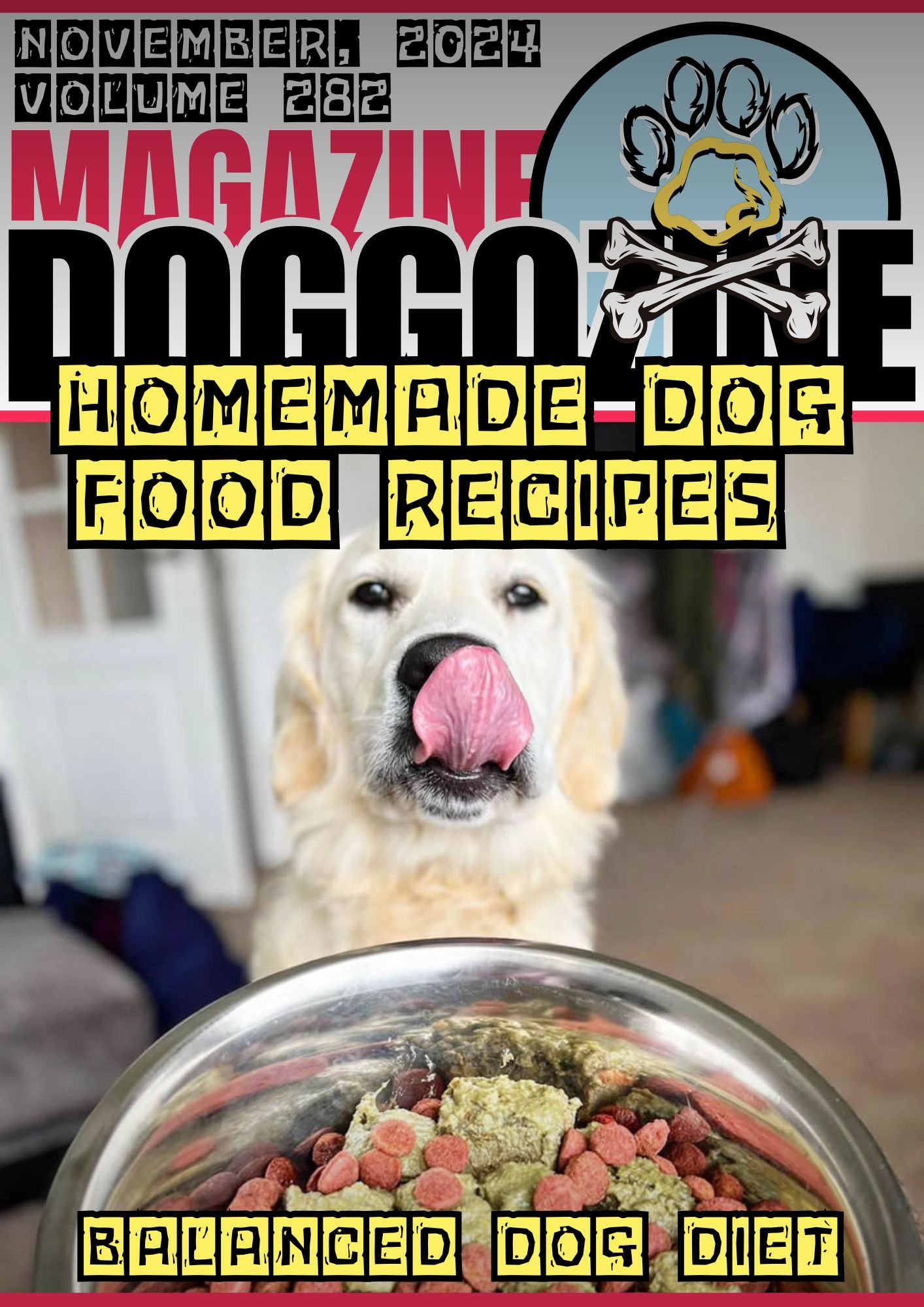
TRANSITIONING TO HOMEMADE DOG FOOD RECIPES: A STEP-BY-STEP GUIDE
Before transitioning to homemade dog food, there are certain steps that all dog owners should take! This is to ensure the health of the dogs to be balanced and easy going while the transitioning. Here’s a step-by-step guide to help you make the switch!
Step 1: Consult Your Veterinarian
Before making any changes to your dog’s diet, it’s crucial to consult with your veterinarian or a canine nutritionist. They can provide valuable insights into your dog’s specific nutritional needs and help you design a balanced diet plan.
Step 2: Research and Select Recipes
Choose recipes that are well-balanced and suitable for your dog’s breed, age, weight, and activity level. Ensure that the recipes you select meet the nutritional standards set by reputable organizations.
Step 3: Gradual Introduction
Start by mixing a small amount of homemade food with your dog’s current food. Gradually increase the homemade portion while decreasing the old food over the course of 7-10 days. This gradual transition helps prevent digestive upsets and allows your dog’s system to adjust.
Step 4: Monitor Your Dog’s Health
Keep an eye on your dog’s health throughout the transition. Look for signs of improved vitality, such as a shinier coat, better digestion, and increased energy levels. If any adverse reactions occur, consult your vet immediately.
Step 5: Adjust Portions and Recipes as Needed
As your dog adapts to the homemade diet, you may need to tweak portions or ingredients based on their health and reaction to the new food. Always maintain a balance of protein, carbohydrates, and fats, along with essential vitamins and minerals.
Step 6: Commit to Ongoing Education
Stay informed about canine nutrition and be prepared to adjust your dog’s diet as their needs change with age or health conditions. Continual learning will help you provide the best possible care for your dog.
By following these steps, you’ll be able to successfully transition your dog to a homemade diet that’s tailored to their individual needs. Remember, patience and attention to detail are key in ensuring a positive outcome for your beloved pet’s health and happiness.
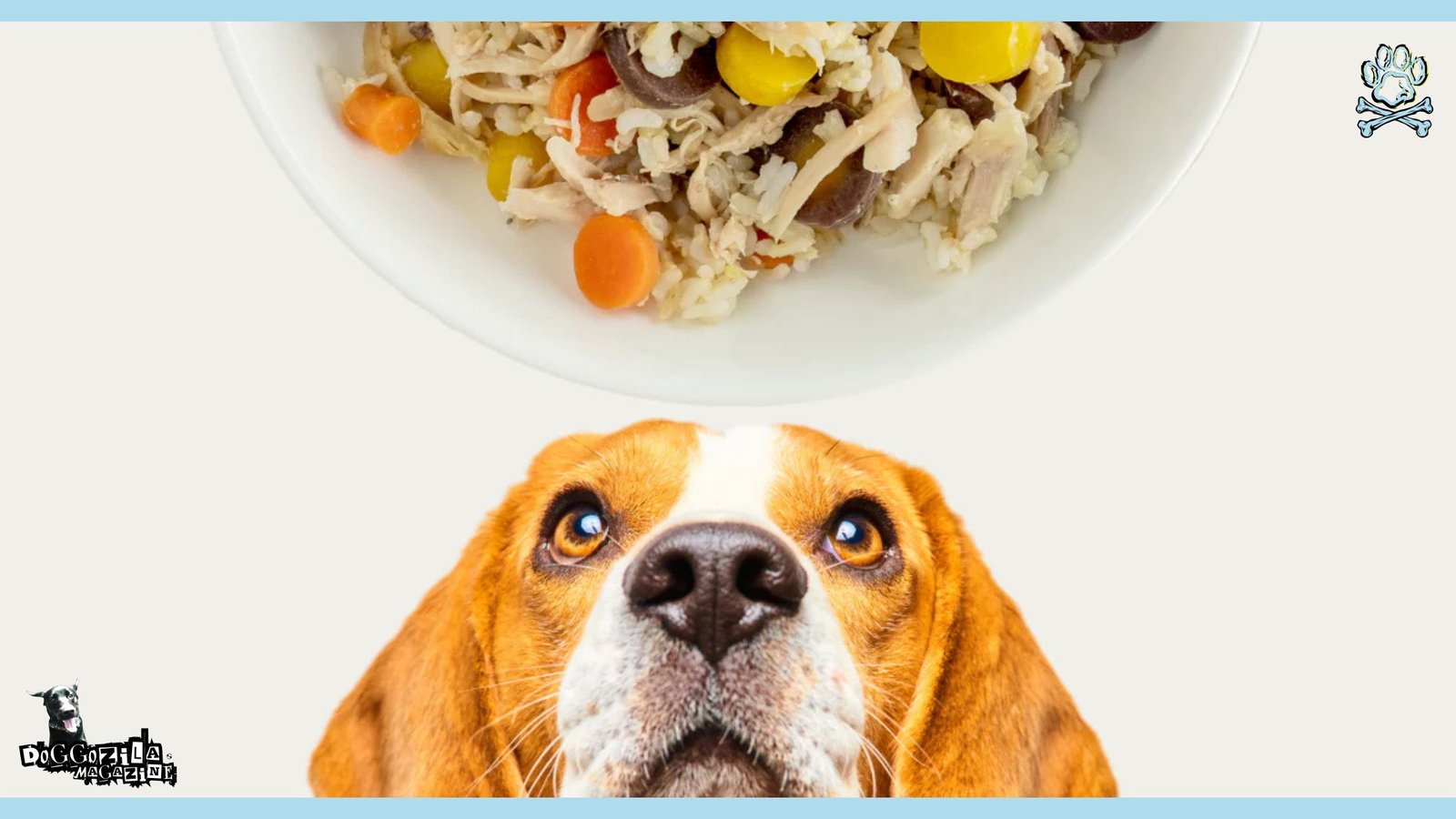
WHAT TO AVOID WHILE TRANSITIONING YOUR DOG TO HOMEMADE FOOD RECIPES
Transitioning your dog to a homemade diet is a process that should be handled with care and knowledge. While the benefits of a homemade diet can be significant, there are common mistakes that can undermine the health benefits and potentially harm your pet.
Avoiding The Most Common Pitfalls
Here are some pitfalls to avoid during the transition:
- Rapid Changes: One of the most common mistakes is transitioning your dog too quickly from commercial to homemade food. This can cause gastrointestinal upset. Instead, gradually introduce homemade food over a period of 7-10 days.
- Nutritional Imbalances: Not all homemade diets are created equal. Many recipes found online or in books may not be nutritionally balanced, which can lead to deficiencies or excesses in nutrients.
- Ignoring Veterinary Advice: Always consult with a veterinarian or a certified veterinary nutritionist before changing your dog’s diet. They can help you formulate a balanced diet that meets your dog’s specific needs.
- Overlooking Portion Sizes: Portion control is crucial. Feeding too much or too little can lead to weight gain or malnutrition. Ensure you’re providing the right amount based on your dog’s size, age, and activity level.
- Using Unsafe Ingredients: Some foods that are safe for humans can be toxic to dogs. Avoid ingredients like onions, garlic, grapes, and chocolate. Always check if an ingredient is safe before including it in your dog’s meal.
More Common Mistakes To Avoid
- Neglecting Variety: Feeding your dog the same homemade meal every day can lead to nutritional gaps. Variety is key to providing a well-rounded diet.
- Forgetting Supplements: Some nutrients are difficult to provide in adequate amounts through whole food alone. Your vet may recommend supplements to ensure your dog gets all the necessary vitamins and minerals.
- Assuming Homemade is Best: While homemade food has its advantages, it’s not always superior to commercial diets. Some commercial diets are scientifically formulated to be complete and balanced.
- Disregarding Special Needs: Dogs with health conditions, puppies, pregnant or nursing dogs, and senior dogs have different nutritional requirements. Tailor the diet to these special needs, rather than using a one-size-fits-all approach.
- Failing to Monitor Health: After transitioning to homemade food, monitor your dog’s health. Look for changes in weight, coat quality, energy levels, and stool consistency. Adjust the diet as needed based on these observations.
By avoiding these common mistakes, you can ensure a successful transition to homemade dog food, contributing to your dog’s long-term health and well-being. Remember, a well-planned homemade diet can be a wonderful way to nourish your dog, but it requires commitment, research, and professional guidance. Embrace the process, and enjoy the bond it creates between you and your pet. Happy cooking!
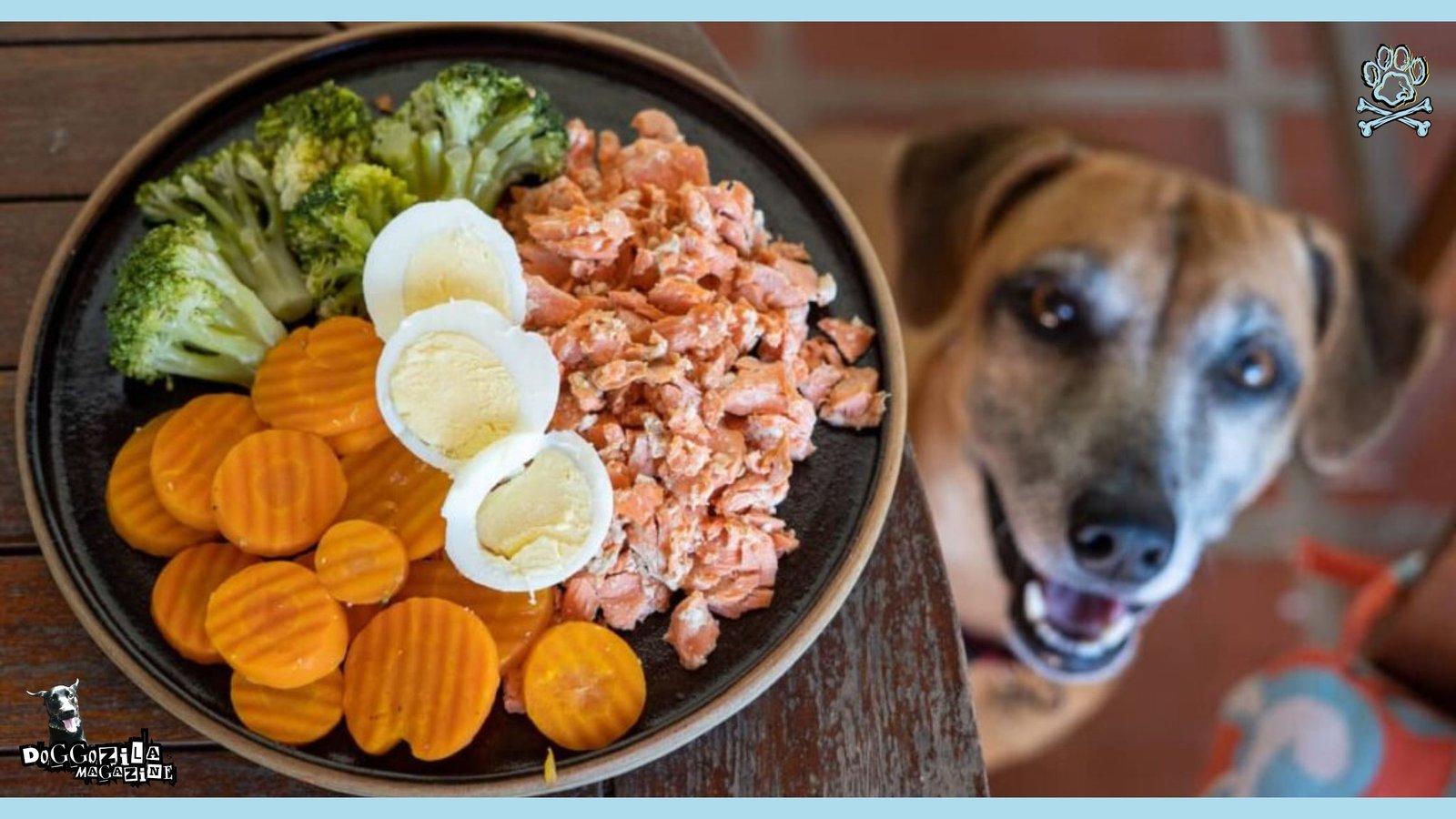
HOMEMADE DOG FOOD RECIPES: A GUIDE TO NUTRITIOUS CANINE CUISINE
Welcome to the world of homemade dog food, a realm where pet owners take the reins on their furry friends’ diet, ensuring they get the freshest, most nutritious meals possible. Gone are the days when our canine companions had to settle for the same dry kibble day in and day out. Today, we’re exploring the vast landscape of homemade dog food recipes that are not only vet-approved but also full of the variety and balance that every dog deserves.
The Benefits of Homemade Dog Food Recipes
The journey into homemade dog food is an adventure of taste and health for your dog. The benefits are numerous, from alleviating allergies and skin problems to providing a diet free from confusing additives and preservatives. When you prepare your dog’s meals from scratch, you maintain more vital nutrients during the cooking process, offering a meal that’s as close to nature as possible.
Nutrition Guidelines for Your Dog
Before diving into the culinary world of dog food recipes, it’s essential to understand the nutritional needs of your beloved pet. Dogs require a balanced diet that includes water, protein, fat, carbohydrates, minerals, and vitamins. Each meal should be tailored to your dog’s weight, health conditions, size, and activity level to ensure they’re getting the right amount of each nutrient.
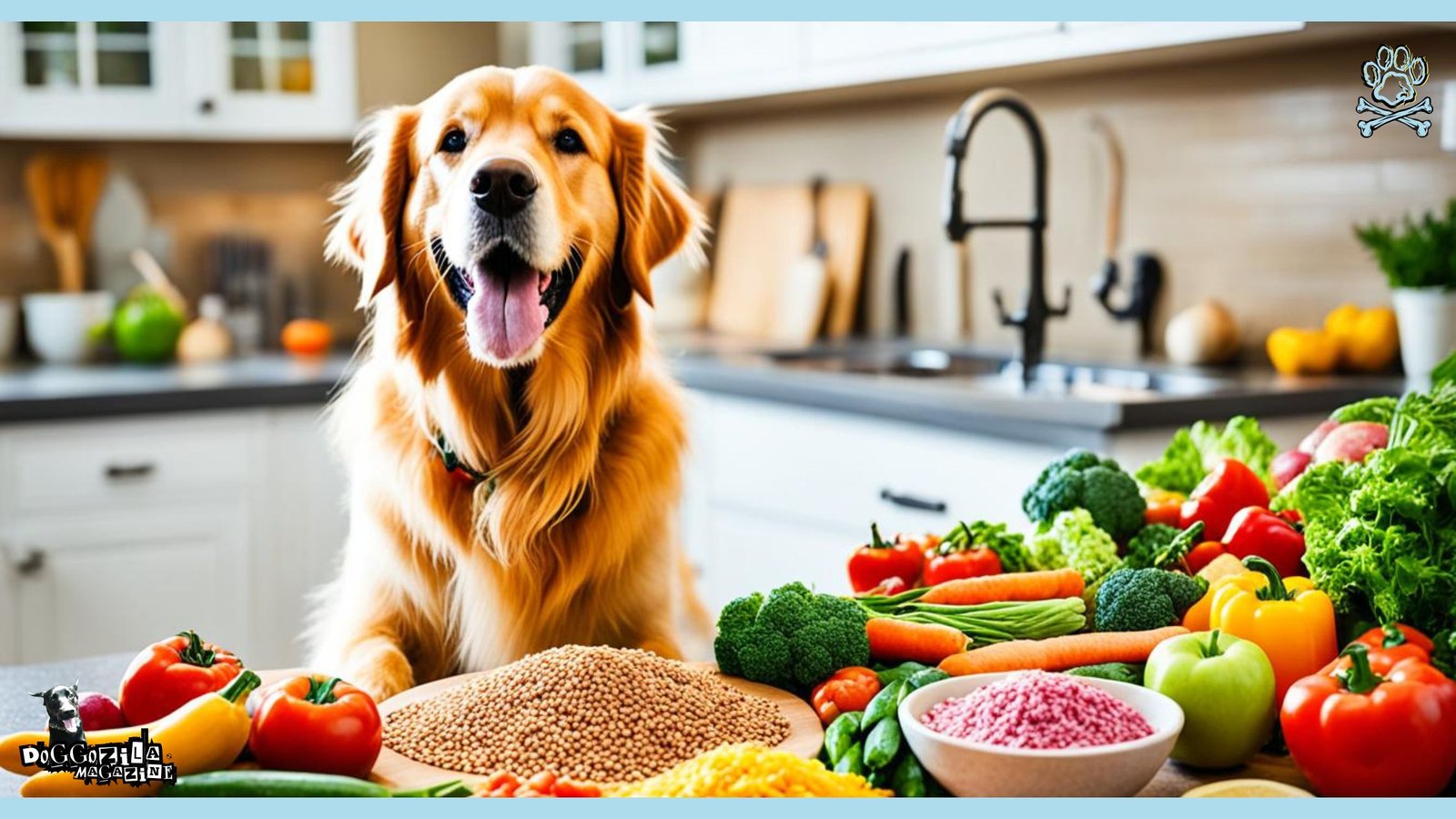
VET-APPROVED HOMEMADE DOG FOOD RECIPES
Let’s get to the exciting part—recipes!
Vet-approved homemade dog food recipes that will have your dog wagging their tail with joy!
1. Beef, Herb, and Egg Dog Food Recipe: A simple mix of ground beef, protein-packed eggs, and dog-friendly herbs like parsley. This recipe is a powerhouse of protein and flavor.
2. Turkey and Rosemary Dog Food Recipe: Combine frozen vegetables, ground turkey, rosemary, and rice for a meal that’s as easy to make as it is delicious.
3. Simple Chicken and Vegetable: A beautiful blend of vegetables like spinach, zucchini, and peas with lean ground chicken. This recipe is not only healthy but also a feast for the eyes.
4. Instant Pot Dog Food Recipe: For those with an Instant Pot, this recipe is a lifesaver. Cook rice or oats, lean ground meat, and your choice of vegetables all in one pot for a quick and nutritious meal.
5. Non-Allergenic Dog Food: Perfect for pups with food allergies, this recipe includes whole grains, pumpkin puree, and ground turkey, making it both gentle and tasty.
Making Your Own Dog Food
Creating homemade dog food can be a rewarding experience, giving you control over what goes into your dog’s bowl. It’s an opportunity to bond with your pet and show them love through the food you prepare. Remember, always consult with a veterinary nutritionist to ensure your homemade meals meet your dog’s dietary requirements.
In conclusion, homemade dog food is a fantastic way to enrich your dog’s diet with fresh, wholesome ingredients. It’s a step towards a healthier, happier pet, and a journey well worth taking for any devoted dog owner. So, roll up your sleeves, grab your apron, and let’s start cooking up some canine culinary delights!
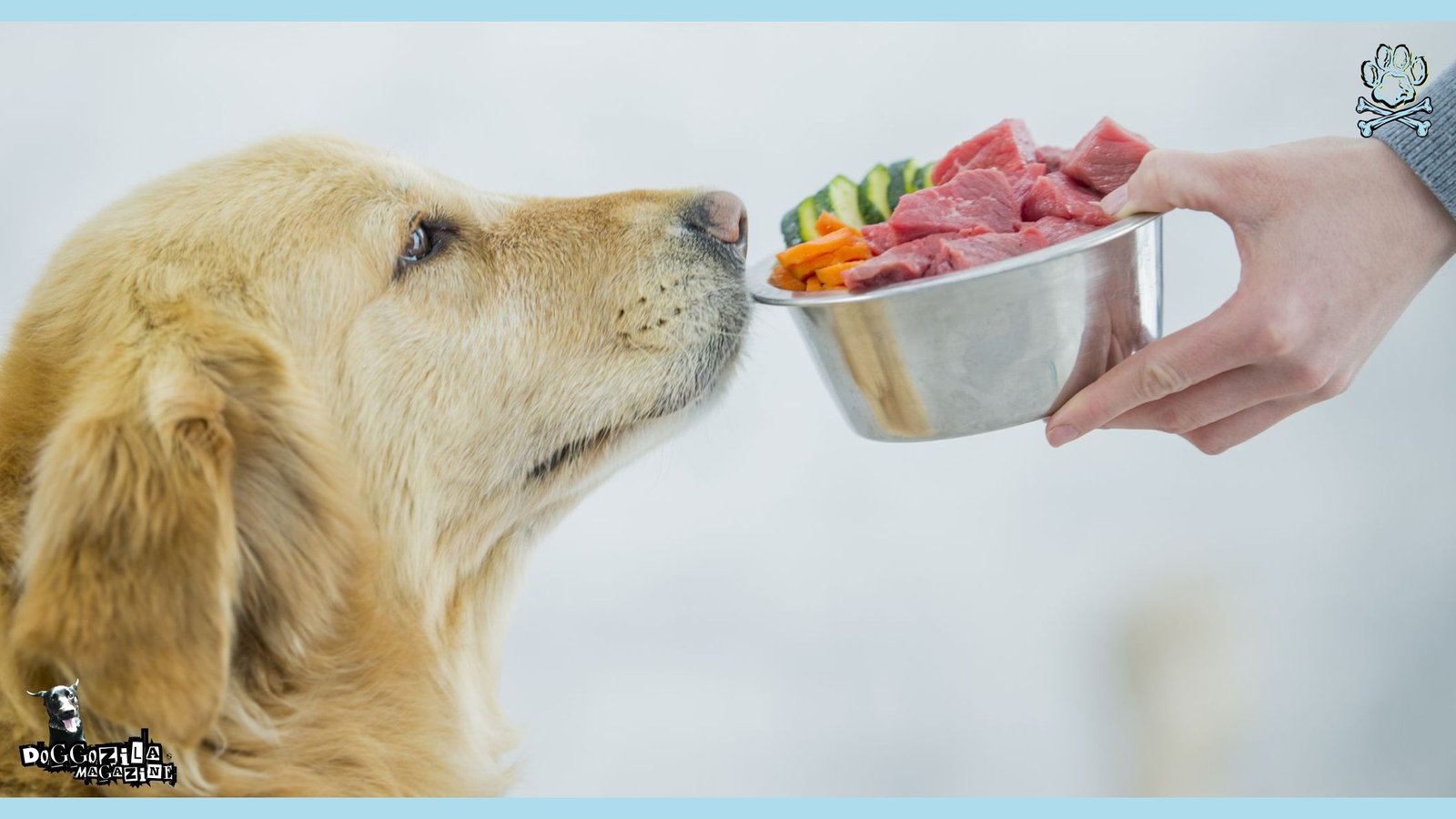
GENTLE AND NUTRITIOUS: A HOMEMADE DOG FOOD RECIPES FOR SENSITIVE STOMACHS
For pet parents with dogs who have sensitive stomachs, finding the right diet can be a delicate balance. You want to provide meals that are not only nutritious but also gentle enough to avoid any digestive discomfort. That’s why homemade dog food can be a fantastic option, allowing you to control the ingredients and cater to your dog’s specific needs. Here’s a homemade recipe designed to be both delicious and easy on your dog’s stomach.
Sensitive Stomach-Friendly Chicken and Rice Recipe
Ingredients:
- 2 cups of cooked white rice
- 1 ½ pounds of chopped, boneless, skinless chicken breast
- 1 ½ cups of mixed vegetables (carrots, green beans, and peas are great options)
- 4 ½ cups of water
Instructions:
1. Begin by cooking the white rice according to the package instructions until it’s soft and fluffy.
2. In a large skillet, add the chopped chicken breast and cook over medium heat until the meat is thoroughly cooked through.
3. Steam the mixed vegetables until they are tender but not mushy. You can use fresh or frozen vegetables for this step.
4. In a large pot, combine the cooked rice, chicken, and steamed vegetables. Add water and bring the mixture to a boil.
5. Once boiling, reduce the heat and let the mixture simmer for about 15 minutes, ensuring all the ingredients are well-cooked and the flavors meld together.
6. Allow the food to cool to room temperature before serving it to your dog.
This recipe is simple and uses ingredients that are known to be easy on the stomach, making it ideal for dogs with sensitivities. The chicken provides a lean source of protein, while the rice is a gentle carbohydrate that’s easy to digest. The vegetables add fiber and essential nutrients, rounding out the meal to make it balanced and wholesome.
When transitioning your dog to a new diet, especially one for sensitive stomachs, it’s important to introduce the food gradually. Start by mixing a small amount of the homemade food with their current food, and slowly increase the homemade portion over a week or so. This will help your dog’s digestive system adjust without causing upset.
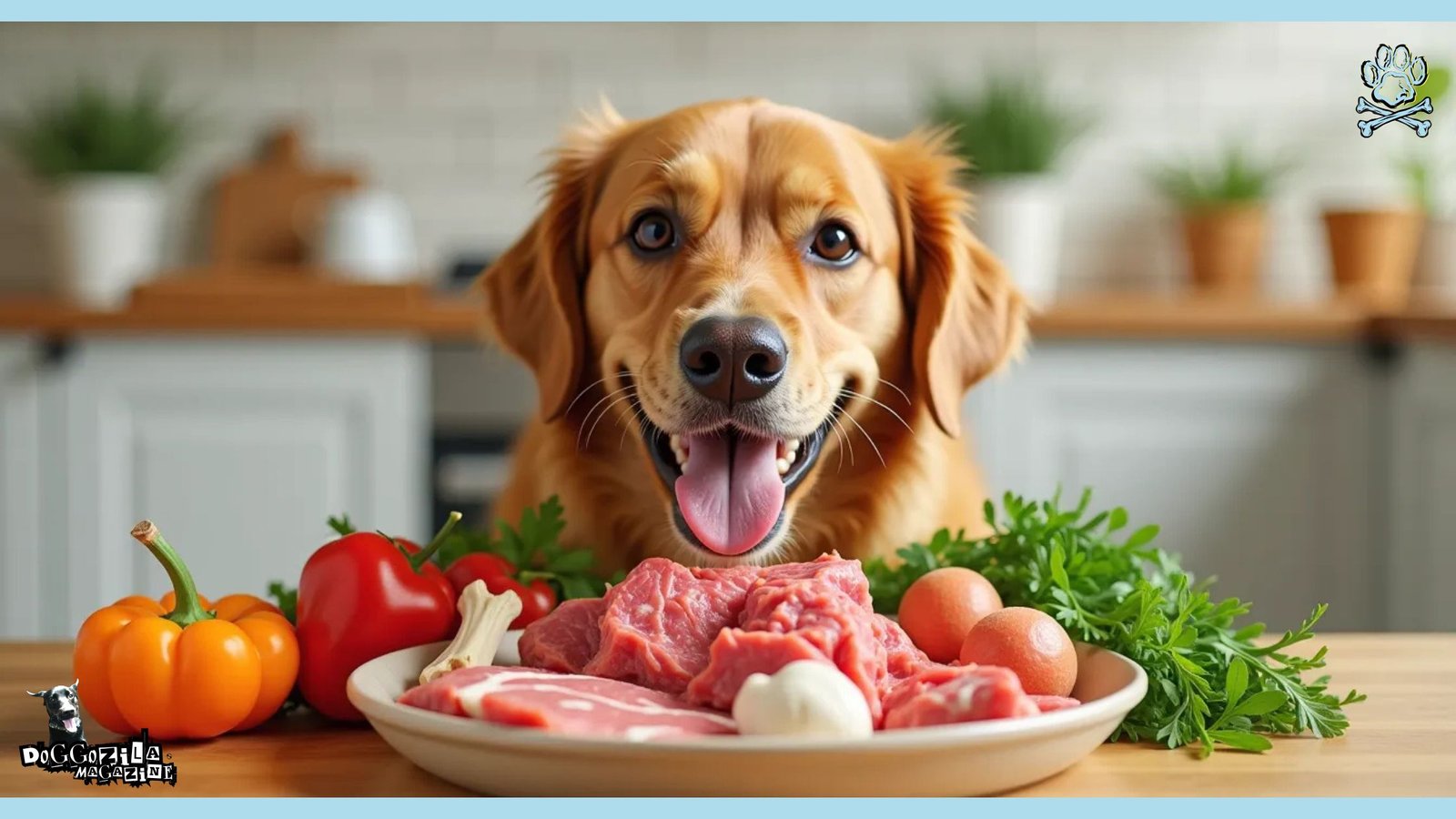
A Quick Summary on Homemade Dog Food Recipes
Remember, every dog is unique, and what works for one may not work for another. It’s always best to consult with your veterinarian before making significant changes to your dog’s diet. They can provide guidance and ensure that the recipes you’re using are suitable for your dog’s specific health needs.
Homemade dog food can be a wonderful way to show love and care for your pet. It allows you to be confident in the quality of the ingredients and the healthfulness of the meals you’re providing. With this gentle chicken and rice recipe, you can take the first step towards a happier, healthier diet for your dog with a sensitive stomach.
Enjoy the process and the peace of mind that comes with knowing you’re doing the best for your dog.
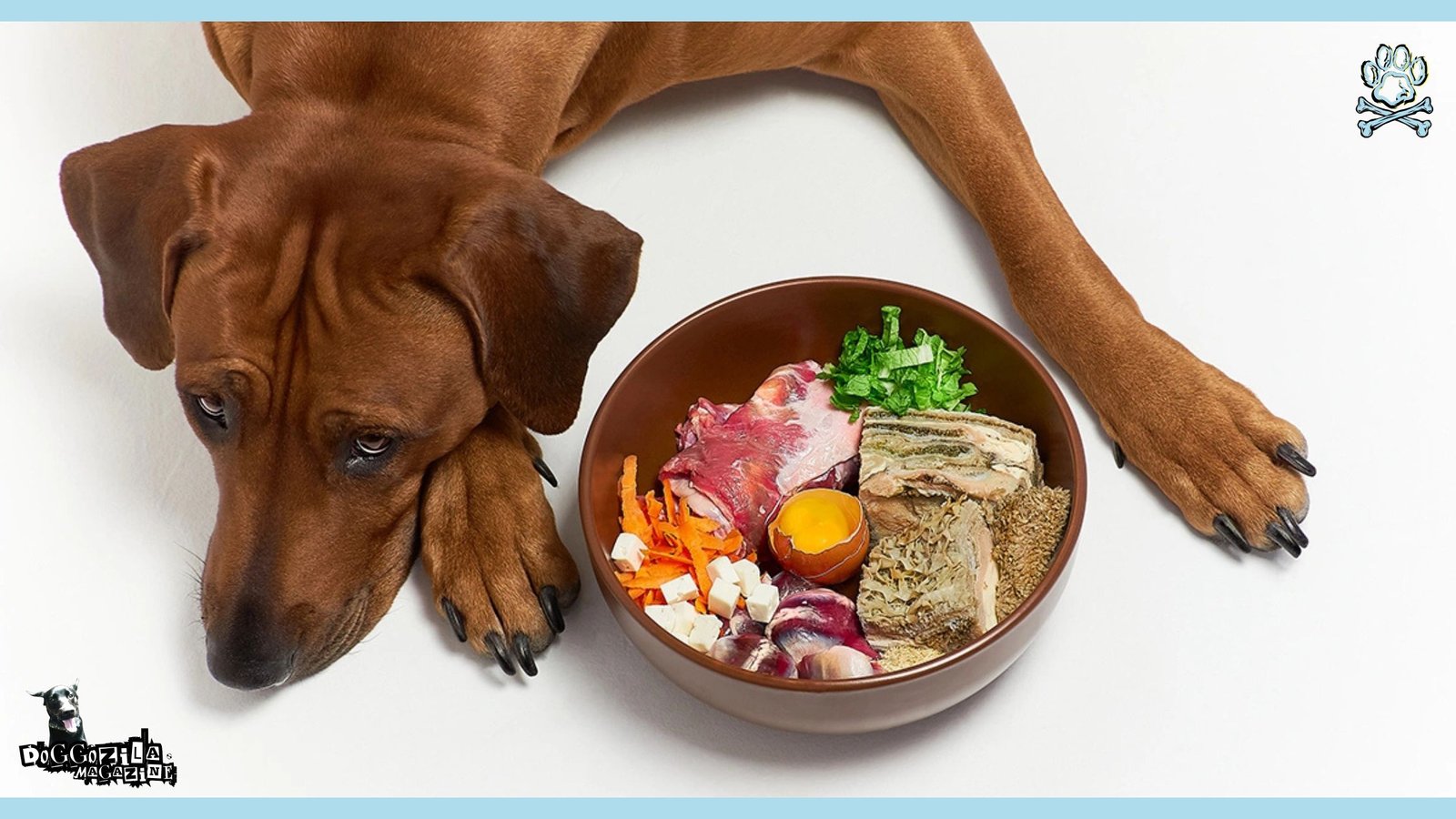
Happy cooking!









